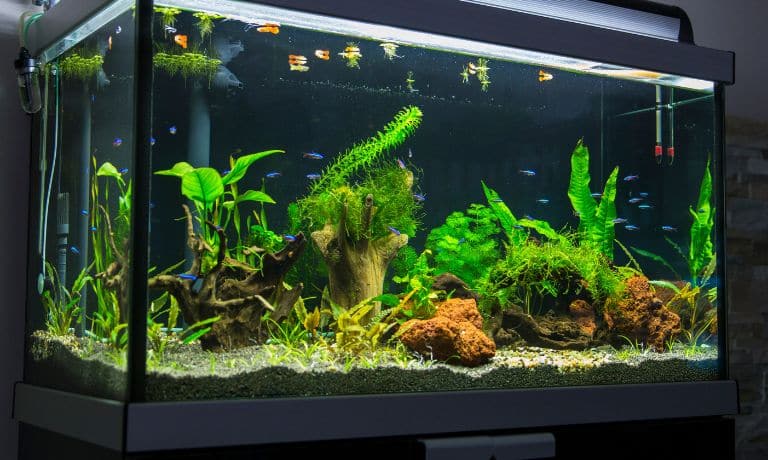
The plants in your aquarium help oxygenate, filter, and maintain the overall chemical balance of your aquarium’s water. Because plants are such a significant lynchpin in terms of water quality, they are critical to the health of your fish, but what if your plants aren’t healthy?
A lack of nutrients is one of the most common causes of poor plant health, but not everyone knows the signs. To help you keep your plants and your fish healthy, here are a few signs that your aquarium plants are nutrient-deficient.
Potassium
Potassium deficiencies are one of the easiest to diagnose due to the obvious necroses of leaf tissue. Initially, this perforation may appear as black dots, but as the condition worsens, they will turn into black dots outlined in yellow or black. If potassium is your problem, you can buy potassium-specific supplements. However, if you find there’s a combination of nutrient deficiencies, a broad-spectrum fertilizer will be of better use.
Magnesium
One of the most important things you should do when you clean your tank is to measure and take note of the water quality, as it needs to be checked regularly. This is especially so with planted tanks, and it’s critical that you measure the water’s hardness. Magnesium plays a large role in overall hardness, and because magnesium and calcium deficiencies are linked (due to calcium also playing a role in water hardness), magnesium deficiencies need to be spotted quickly. These deficiencies often include paleness, yellowing, wilting, and an overall twisted and droopy shape.
Iron
Unfortunately, iron deficiencies look very similar to magnesium and calcium deficiencies due to the paleness that occurs. Because of this, you need to keep a close eye on new plant growth and compare it to older growth. Older leaves may appear normal, but newer leaves will look paler while the veins remain dark. Instead of trying to find a fertilizer high in iron, it’s best to incorporate iron supplements.
Nitrogen
To make new growth, plants will absorb nutrients from the old leaves from stem to tip. When your plant has a nitrogen deficiency, the stem will appear to be a normal color but turn yellow then pale as it reaches the tip. One of the most common reasons why nitrogen deficiencies occur is due to plants growing too well. If you’re not increasing the fertilizer dosage, your plants will fight for nutrient absorption, and nutrients won’t be evenly dispersed.
Ultimately, the most blaring signs that your aquarium plants are nutrient deficient are the lack of new growth and changes in color. But once you’ve determined that nutrient deficiency is the culprit, treating your plants is easy, and keeping your fish healthy is even easier.



